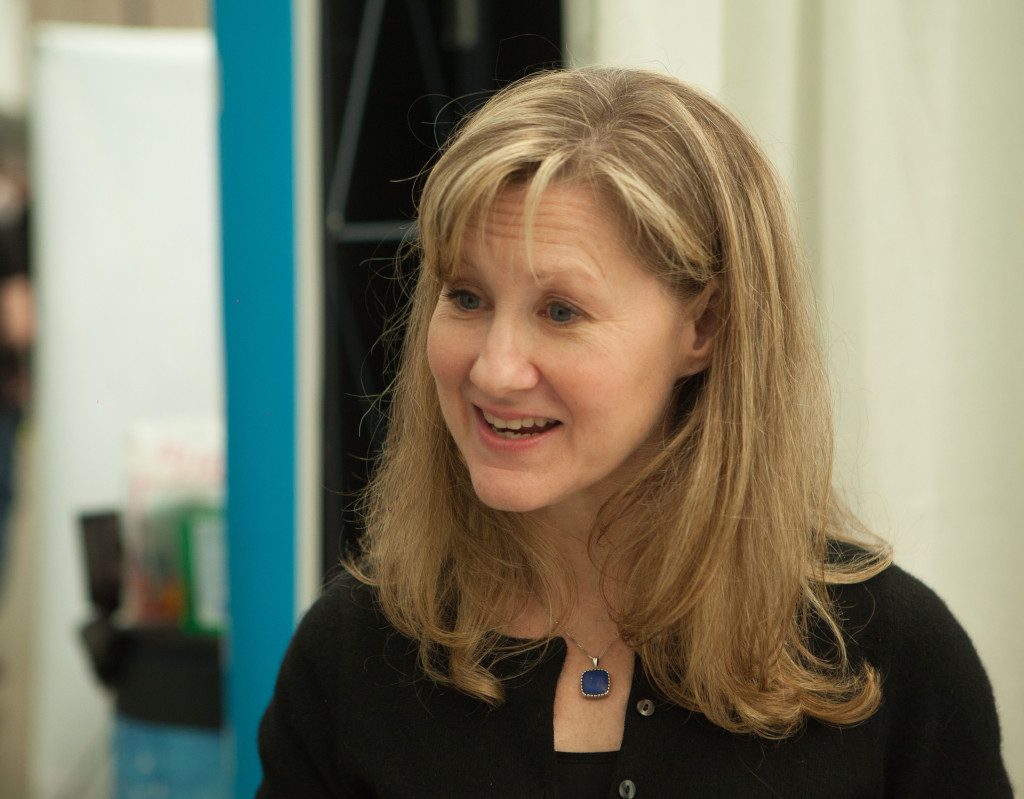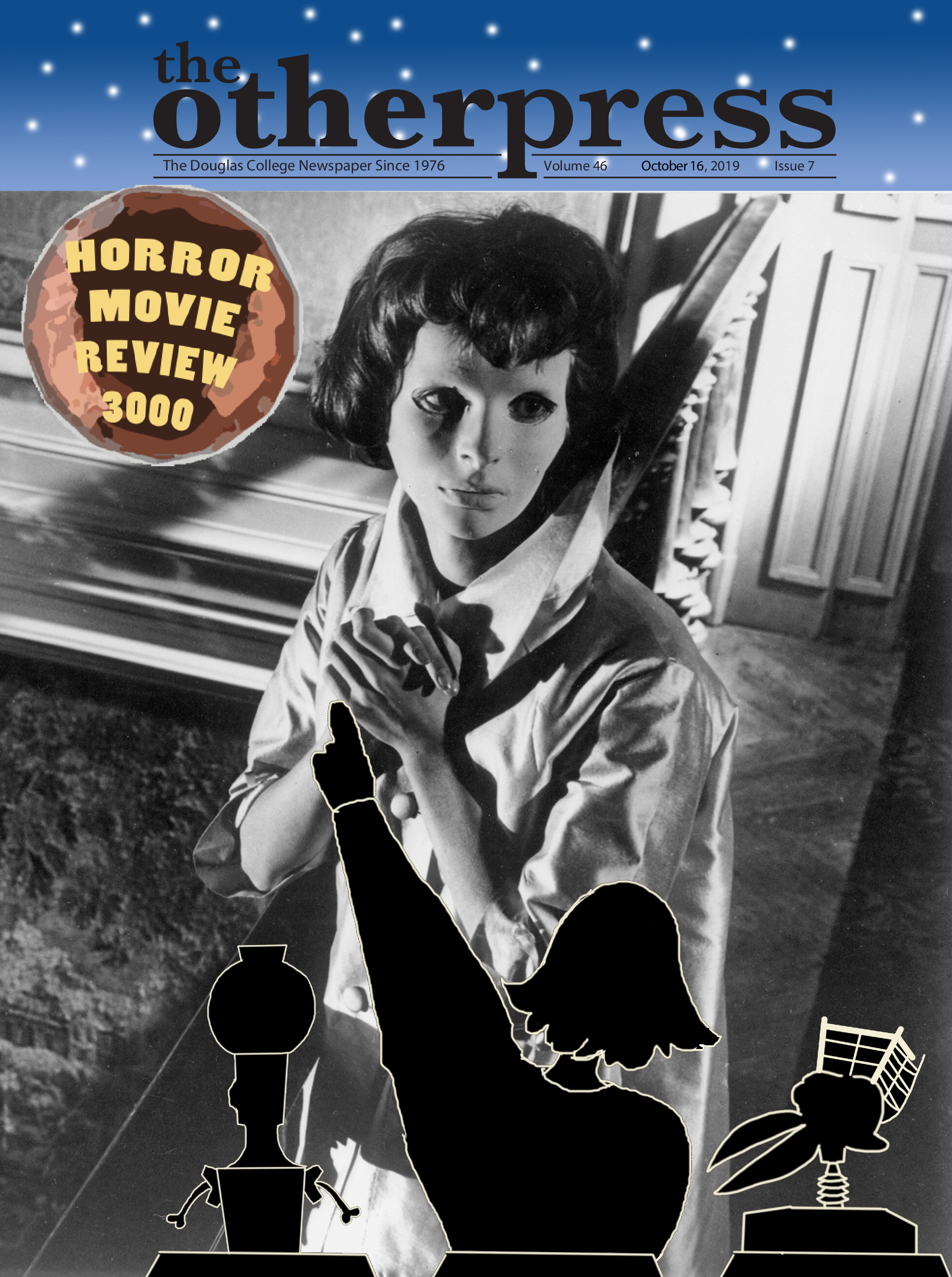How Canada paved the way for ponies, mutants, and pocket monsters to become educators
By Angela Espinoza, Arts Editor
Television is no longer as doomed as it may have seemed to have been. In an age where all forms of media can easily be consumed for free, there are still people who pay monthly in order to see their favourite shows upon airing. While this is true for enormously popular series’ such as Game of Thrones, Breaking Bad, and even Two and a Half Men, you’ll find most of today’s 18-49-year-old viewer demographic are also spending this money to watch cartoons. Not Family Guy, The Simpsons, or South Park—I’m referring to children’s cartoons like Adventure Time, Regular Show, and, even My Little Pony: Friendship is Magic.
In the past three years, children’s programming has changed drastically. Many cartoons share a commonality in being strangely blunt and surprisingly honest, with a number of quirky ‘90s shows, most from Cartoon Network, to thank for trailblazing. However, Canada never got Cartoon Network; instead, we had YTV and Teletoon to provide us with all the big cartoons at the time. In particular, Teletoon has come into its own for developing original cartoons, and although the quality varies between products, these shows remain popular amongst children all over North America. One of Teletoon’s first original cartoons that paved the way was Cybersix, a 13-episode series (based on an Argentinean comic book) about a female mutant crime fighter who desperately struggled with the need to feel human.
Vancouver recently had its second annual Fan Expo convention, and it was there that I got to speak with the voice of Cybersix herself, Cathy Weseluck—who now voices Spike the Dragon in My Little Pony. The Toronto-born Weseluck got her start in CBC Radio before moving to Vancouver and discovering voice acting—something people may not know is one of the city’s biggest tourist draws. While speaking with Weseluck, she shared some of her thoughts on children’s programming as it stands today in regards to how she’s been involved with it.
“I’m thrilled to see that children’s programming has increased since the earlier days,” Weseluck starts, “and to see that My Little Pony , for example, is a show that’s come a long way… to see that it’s morphed into an even more beautiful show than it was is really exciting and fulfilling. And for it to still contain the morals and values and reach out to a broader demographic now… I’m thrilled that it’s expanded.
“I think that some of [today’s] children’s programming is actually touching the lives of people in general, because I think in our society we’re missing some of that day-to-day. Maybe that’s why My Little Pony has had its success build. I look forward to seeing more of that kind of show, where there’s less violence again and more friendship and more morals… I think we can all value that.”
On that note, I pointed out that one of Cybersix’s most intriguing points was the action that took place in the show. The character of Cybersix wasn’t your typical arrest-the-bad-guys crime fighter; most of her enemies died—sometimes gruesomely, oftentimes in explosions—and their deaths unfortunately had a point. Cybersix, being a mutant, had to consume chemicals her fellow mutant enemies were made of in order to live (it was pretty bad ass).
“Cybersix was violent in the sense of, you know, her having to get her sustenance to survive,” Weseluck began, “but honestly… I don’t think of Cybersix actually as a violent show. I think of Cybersix as a really moral show in that she strived to have those morals and values that a human being could have, but as a cyber [mutant], she struggled constantly with duality. That show to me, I wouldn’t think of as being so violent as I did being dramatic, and being a show that really reflects our own human conflicts, and that’s what [Cybersix] was all about. She was really in conflict a lot of the time with herself; her identity, her love, and her future.”
Although this might not have been an intentional point of Cybersix, there was another aspect of the show that taught myself, as a child, much about acceptance in broader terms. One of the most unique aspects of Cybersix and its lead character was that while her heels, lipstick, and tight leather outfit made it clear she was a woman by night. By day, she dressed as a man. There were many silly moments in the show, but none ever addressed or made a joke of her male persona (something I found made her even more bad ass). These are all points that, at the time, I do not think could have been handled in animation outside of Canada. I imagine in any other country, the point of Cybersix would focus more so on her being a woman, and not as a person struggling with her own humanity.
In an odd turn of events, more American cartoons have discovered the art of handling subjects subtly, or at least with more respect. To compare briefly to Adventure Time, much of the show, while still full of adventure (and fighting… and occasionally even blood and death), focuses heavily on relationships of all kinds, and does so by oftentimes being brutally honest. As cheesy as it sounds, honesty and friendship are concepts children quickly lose sight of once surrounded by peers, and one thing that has made me uncomfortable since childhood is how easily kids forget any sort of humility as a result.
While at Fan Expo Vancouver, I also got to speak with American voice actress Veronica Taylor, best known for playing the role of Ash Ketchum in most English adaptations of Pokémon. While Pokémon is not the most moral-heavy of shows, the series was a huge part of many of our childhoods, and Taylor makes a point that, if nothing else, the show did teach children a lot about friendship and believing in themselves. With her young daughter by her side the entire weekend, Taylor elaborated on her feelings towards children’s programming then and now.
“I love the energy of Ash,” Taylor starts, “how positive he is, he doesn’t give up, he works well with others—you know, all of that stuff. Not that I think kids need to be hit over the head with morals or that every show has to have a meaning, but I do think we have a responsibility… to be able to have good storytelling. When you have good stories that you can kind of connect with… we all retain something from that. There’s so many things that keep everyone disconnected, that already we see shorter attention spans as kids get older… so part of it I think is we have a responsibility to have some kind of quality programming.
“I really like working with and for children; one of the great things about playing Ash is that I think he is that inner 10-year-old that we all had, and it’s at that moment in our development where anything is possible. That’s where I like to concentrate, to be able to, as kids get older, really work on not closing [themselves] off as kids get into high school and everyone becomes more self-conscious. We live in a time where there’s so much available to us… but at the same time, what are we doing with that?”
There’s something to be said when children’s programming becomes so smart and funny and, well, good that even our more cynical generation of adults can jump on board and relate to it. Whether it’s the “magic” of friendship in Pokémon and My Little Pony, or the humanity in Cybersix and Adventure Time, children’s cartoons have come a long way in developing entertaining stories. They’re not all perfect, and some aren’t even honest when it comes to simply selling toys, but there is a sincerity taking over children’s shows today that barely existed in the best of ‘90s cartoons, and it’s a sincerity that will continue to grow and develop with its spectrum of young and old viewers in the years to come.


